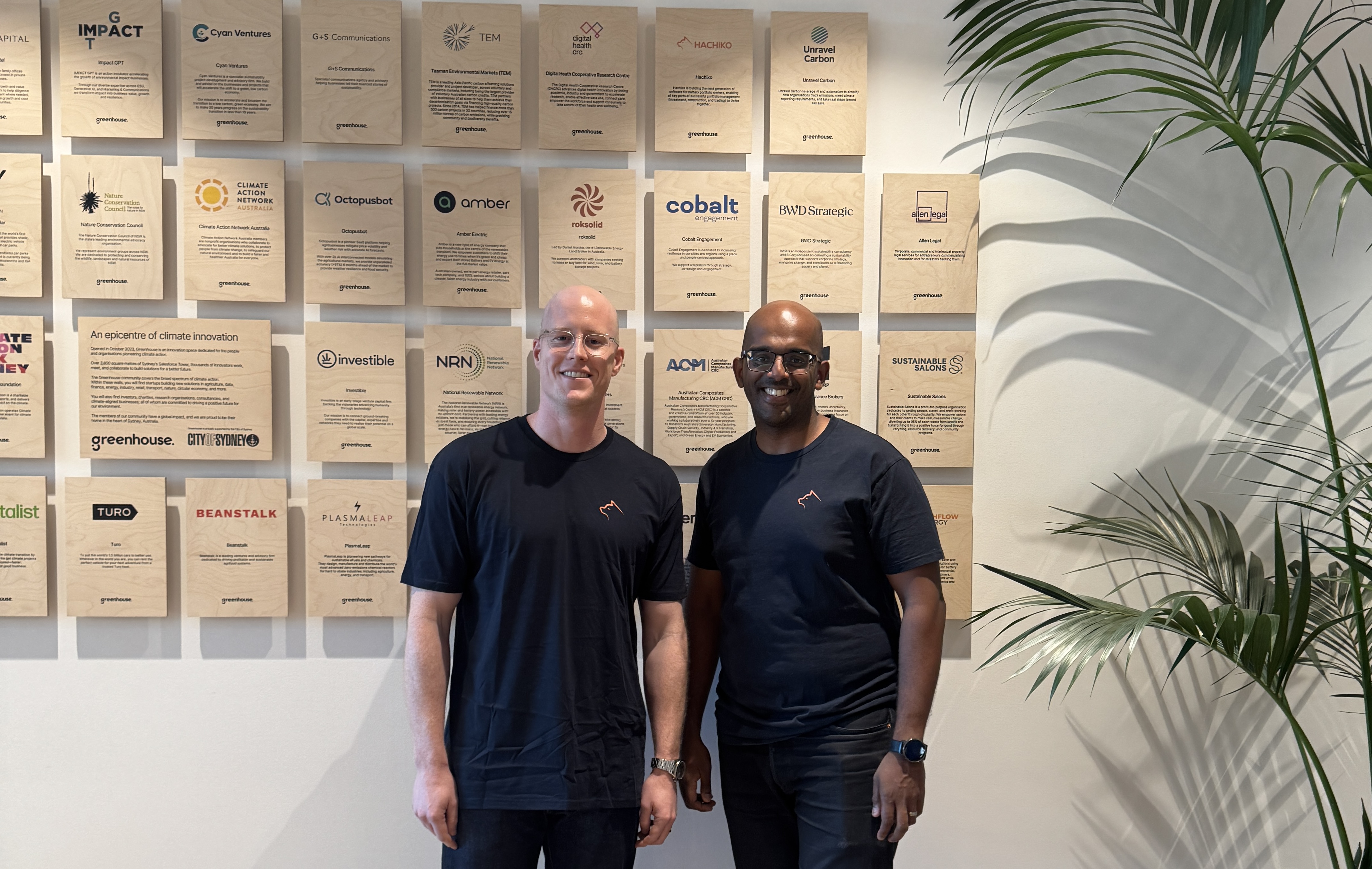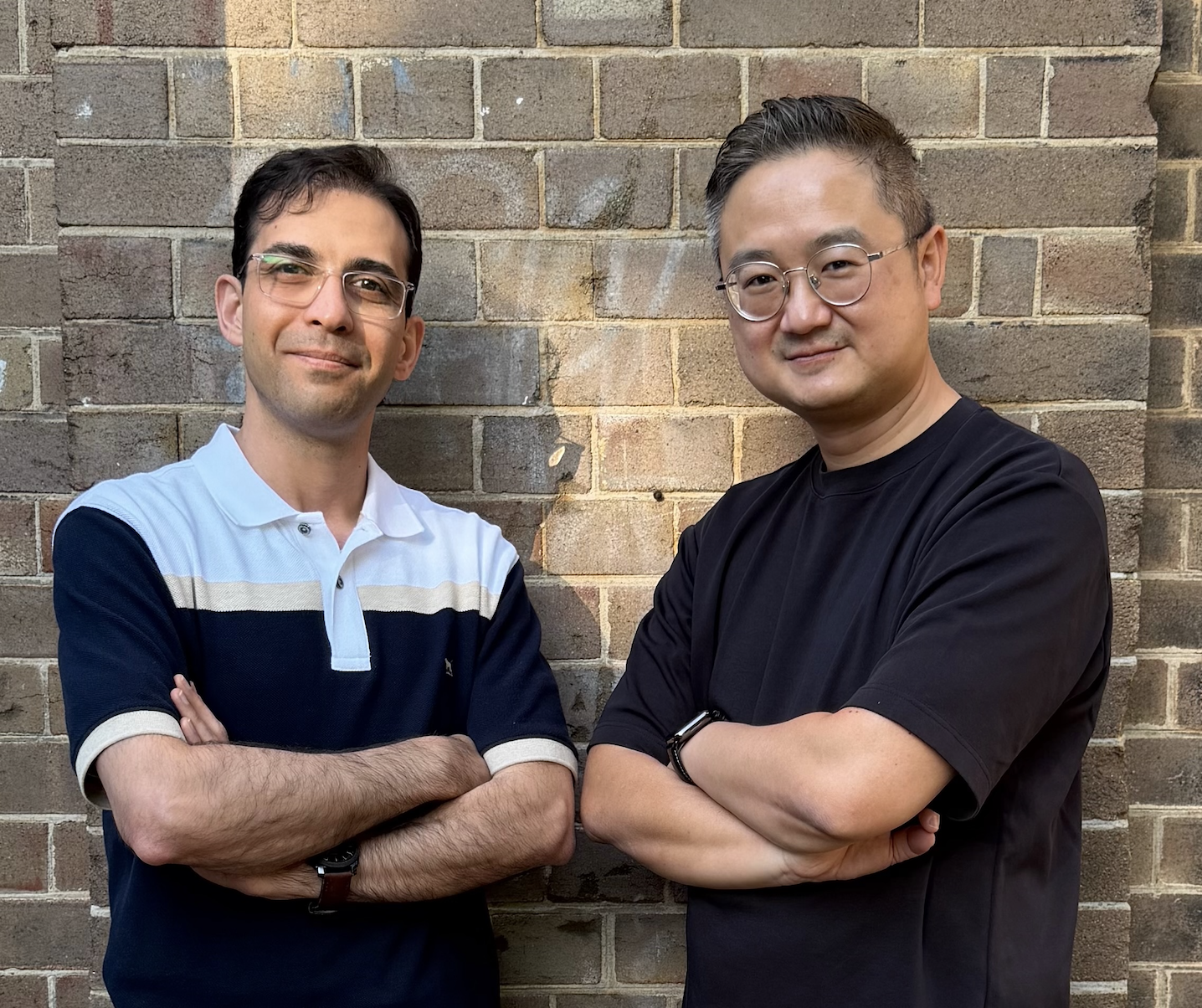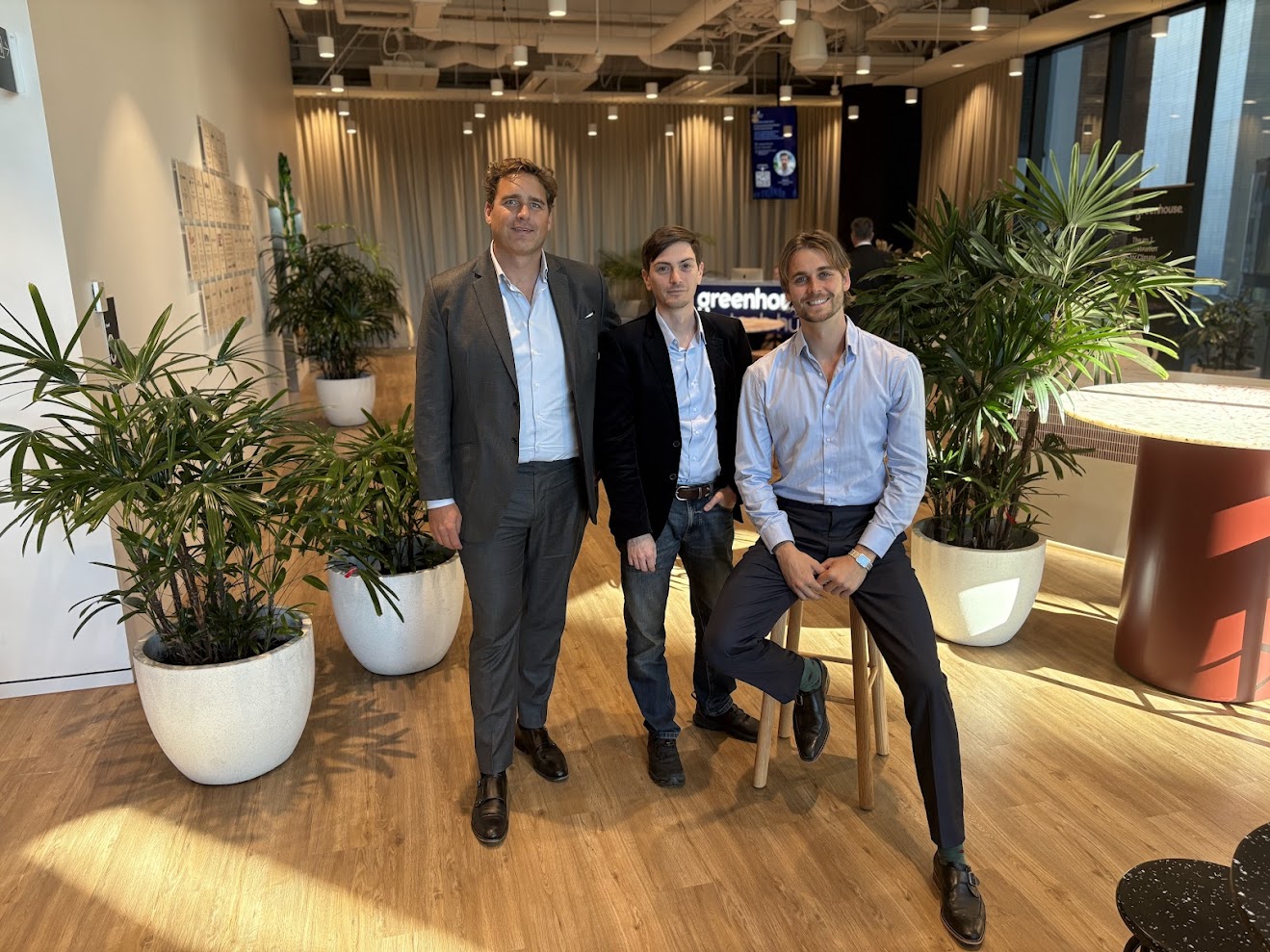.png)
Earlier this year, Investible backed Singapore-based SoMin.ai, a deep-tech marketing technology that leverages machine learning to give marketers a better return on their advertising spend investment. The business is led by co-founders Aleksandr Farseev (CEO) and Kirill Lepikhin (CTO), a technical and incredibly savvy duo intimately familiar with the sector they have begun to disrupt.
Traditional marketing approaches are not cost-efficient. It can be difficult for marketers to correlate the money spent on a marketing campaign with revenue from sales (i.e. return on marketing spend). Currently, one way to measure and test advertising campaigns is iterative A/B testing through focus groups. With the introduction of machine learning and natural language processing, there are now ways to derive insights that reflect the wider market and not just select sample sizes. Big data algorithms now have the capability to scrape data from user-generated content (e.g. what consumers have liked on Instagram) and use it to create an intimate understanding of consumer behaviour.
SoMin.ai has developed algorithms for marketers to leverage these insights to prescribe and automate marketing approaches. We saw this technology had the potential to decrease the cost per lead, leading to a significantly higher return on advertising spend.
This seed funding round was led by OKS Group, a strategic media and technology investment group in Russia with ties to media communication conglomerate Dentsu Aegis Network.
Before we dive into the company and the inner workings of the martech space, take a moment to ruminate on the presence of advertisements on your social media feed. Hopefully, by the end of this read, you will gain an appreciation of the ad-publishing war for screen time, and a greater understanding of how SoMin.ai is upending the status quo.

A founder who is deeply and uniquely connected to the solution
The technology behind SoMin.ai stems from Aleks' PhD in information retrieval, data mining, and social media. In his research, he discovered a gap in the marketing industry: identifying actionable insights that could lead to a significant improvement in a company’s marketing efforts. This led him and his co-founder, Kirill, on a journey to develop an algorithm that would transform his research into a solution that provides real-world results. When gaining conviction to invest, we're looking for an obvious founder-solution fit. In this case, the solution was uniquely aligned to the domain expertise of the founders.
We were also impressed by Aleks' strategic approach to finding the right investors. Aleks had a deep understanding of the mutual relationship between investors and investees, with investees seeking strategic value and the investor seeking a return profile. Not only did we do diligence on SoMin.ai, but Aleks did the same on us. We have a preference for those with boldness and integrity, and Aleks embodies both. He told us bluntly what he’d learned of Investible through his research and reference calls; we were impressed that he had gone that extra mile to ensure we held strategic value for SoMin.ai.
A technical, proprietary secret sauce
Often we're looking for a differentiator in the market, whether that is a deep technological moat or a go-to-market distinction. In this case, the technology was sophisticated beyond traditional and current technologies, with an output that was proven to provide a better return for marketers. To understand how sophisticated the SoMin.ai platform is, first we need to run through how marketing at the publisher interface works:
- Meet Sam. As they browse online, like photos, add comments to discussion forums and share articles, they create user-generated content that defines their likes and interests. Marketers then analyse these insights to create advertisements that are likely to appeal to Sam.
- Now the marketer has crafted an advertisement for their new product and needs to get it in front of Sam. As there is a limited amount of real estate on a screen, there are a limited number of advertising spaces available on the websites and platforms that Sam visits online. These advertising spaces are auctioned off to the highest bidder. Let’s say that Sam’s user-generated content shows that they are interested in fast food, so behind the scenes there are multiple marketing agencies bidding against each other, all with ads with the "fast food" tag, hoping to win the auction and have their advertisement displayed to Sam.
- As more marketing agencies bid on a tag, the competition will drive the price of that advertising space up. Since there is inherently more competition for "obvious" tags, this usually results in a higher cost-per-lead.
The third point is where SoMin.ai shines. Through their algorithm, SoMin.ai has discovered a "non-obvious" approach to target customers using "long-tail" marketing (see dinosaur below). Instead of using the word "fast food" to attract people like Sam looking for a quick feed, marketers could use a less competitive and much cheaper tag such as "puff pastry".
Because SoMin.ai had identified through its algorithm that "puff pastry" and "fast food" appealed to the same consumer base, it was able to lower the cost per lead.
This algorithm significantly reduces the cost of the current marketing approach and helps limit the number of irrelevant ads for consumers. We have conviction that this new tagging and optimisation engine based on analysing and re-categorising user-generated content at a very granular and specific level is a gamechanger.

Shockingly sophisticated product validation
SoMin.ai came into this fundraise with proven traction in ARR, a portfolio of high-profile customers spanning 17 geographical markets including international brands in the financial services, FMCG, automotive, and retail industries, plus a deep sales pipeline.
The SoMin.ai team have a case study that depicts one of the clearest product-market-fit stories we have ever come across. Deploying their technology within the marketing team of one of the world’s largest phone companies, the case study can be summarised as this: why use "smartphone" as an expensive and competitive tag when you could use the word "bikinis"? Bet you weren't expecting that left-field tag! Let's reverse engineer the logic and illustrate the power of the tool.
You're in the market for a new smartphone, and you're browsing the internet for a new phone. Coincidentally, summer is right around the corner. To a marketer, this could be a unique targeting opportunity. Scraping user-generated content would tie together summer and people going out, relaxing and going on holidays. Phones enable consumers to capture and share experiences through photos. Wouldn't it make sense to target consumers by showing how nice it would be to take amazing photos at the beach with a new phone? Huawei, using SoMin.ai's long-tail targeting approach was able to reduce the cost of advertising spend per lead and simultaneously boost sales conversions. A win-win!
Putting it in hyperdrive
It was clear that Aleks and Kirill are both the type of founders that we like to back on their mission to revolutionise this massive industry. When considered against the Investibility Index, the key factors that stood out to our team were:
- Founders - this was a strong founding duo who are deeply entrenched in the solution and impressed us with their knowledge of not just their domain but also ours.
- Tech & Assets - the product was sophisticated and differentiated against traditional marketing approaches through its long-tail targeting tagging and optimisation engine.
- Early traction - SoMin.ai has repeatedly shown signs of product-market-fit, demand for the product, and scalability by being validated across multiple industries and geographies.
We're excited to follow and support Aleks and his team as SoMin.ai continues to disrupt and outbid the current marketing landscape.







